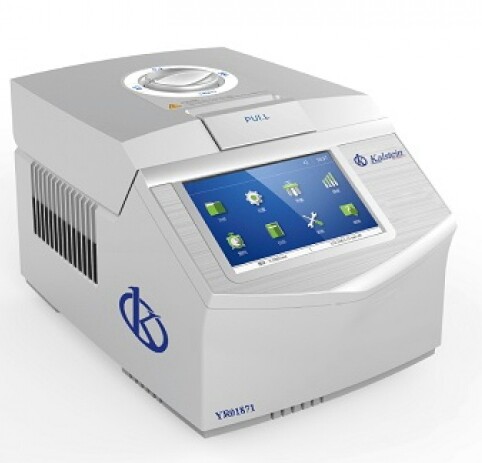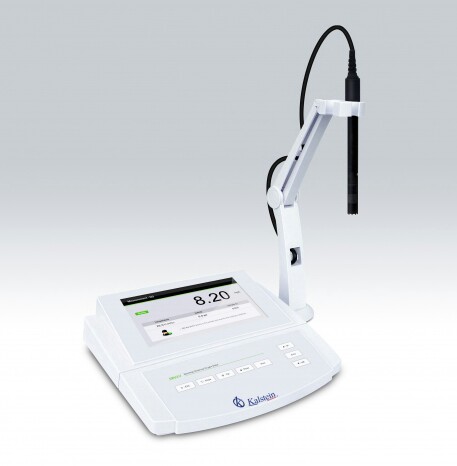What is a pH meter? What is pH?
A pH meter is a laboratory equipment that is used to accurately measure the degree of acidity or alkalinity of a solution. This equipment provides information that expresses the degree of acidity of an acid or a base in terms of the activity of hydrogen ions.
Real-time thermal cyclers

A real-time thermal cycler is a laboratory equipment that allows the real-time polymerase chain reaction (qPCR) to be carried out efficiently and quickly; by means of the automatic and cyclical realization of the temperature changes that are required for the amplification of a deoxyribonucleic acid (DNA) chain; from a thermostable enzyme. The objective of this type of PCR is to detect and quantify the specific nucleic acid sequences by means of fluorescent molecules in the reaction, where the increase in fluorescence is proportional to the increase in the amount of amplified DNA molecules in the reaction.
Freeze Dryer: What is it? What is it for?
A lyophilizer is an equipment that allows to carry out lyophilization, that is, it is an instrument that serves to remove moisture from a product by drying it cold, thus obtaining a dehydrated product that can be rehydrated again when needed, recovering completely its properties at the time of use.
How does a pH meter work?

A pH meter or pH meter is an instrument used to measure the acidity or alkalinity of a solution. The information provided by this equipment expresses the degree of acidity of an acid or a base in terms of the activity of the hydrogen ions.
What is a tissue processor in pathology?
Pathological anatomy is the science that is responsible for the study of pathophysiological and morphological alterations of the disease. Like all science, it has a series of specialized equipment to carry out the different studies on which it is based.
What is a fluorescence microscope?
A fluorescence microscope is a conventional light microscope that is fitted with a complementary lighting fixture, called “fluorescence.” This makes it a very useful tool in the field of scientific research, since it allows reaching high levels of sensitivity and microscopic resolution, allowing a different appreciation of the information that can be obtained from specimens and that generally goes unnoticed, with conventional light.
Electrophoresis and Gel Documentation Systems
Gel electrophoresis is a widely used technique in life science laboratories to separate macromolecules such as DNA, RNA, and proteins. In this technique, molecules are separated according to size and electrical charge.
